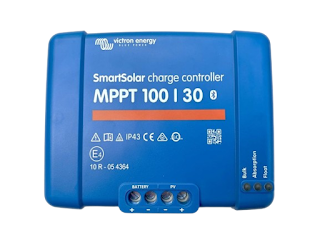Discover the solar irradiance and solar hour of your location for proper sizing of solar power system
Determining the solar irradiance of your location is a critical step in sizing a solar power system accurately. Solar irradiance is the power per unit area received from the Sun in the form of electromagnetic radiation in the wavelength range of the measuring instrument. It's typically measured in watts per square meter (W/m²). Here's an overview of how you can use online tools to determine solar irradiance for your location, which in turn will help you size a solar power system appropriately:
1. Understand Solar Irradiance Data: Solar irradiance data provides insights into the solar energy potential of a specific location. This data is influenced by geographical location, time of year, and local weather conditions.
2. Use Online Solar Irradiance Tools:
- PVWatts Calculator by NREL: Allows users to input their location (either by address or coordinates) to calculate the estimated solar energy production based on local irradiance data.
- Global Solar Atlas: Provides solar resource and photovoltaic power potential information globally. Users can search for their location to get detailed solar data, including average solar irradiance.
- SOLCAST: Offers solar irradiance data, solar radiation maps, and real-time forecasting. Users can access historical irradiance data for their location.
3. Input Location Data: Enter your location into these tools, which can often be done by typing in an address, using a map to pinpoint your location, or entering latitude and longitude coordinates.
4. Analyze the Results: The tools will provide solar irradiance data specific to your location. This typically includes monthly and annual average irradiance values, which are crucial for sizing a solar power system.
Example
Let's be practical now. In am presently in Oyigbo, Rivers State, Nigeria. I will use this location to research for the solar irradiance of my location . My aim is to get the lowest solar hours in this location which will enable us to size an efficient photovoltaic power system.
I will be using the United States online tool Pvwatt for this task.
You can obtain my result from https://pvwatts.nrel.gov/pvwatts.php
|
Solar Radiation (kWh/m²/day) |
Solar Hour (Hours/Day) |
AC Energy Produced (kWh) |
|
|
January |
5.66 |
5.66 |
525 |
|
February |
5.80 |
5.80 |
488 |
|
March |
5.79 |
5.79 |
536 |
|
April |
5.17 |
5.17 |
466 |
|
May |
4.61 |
4.61 |
427 |
|
June |
4.19 |
4.19 |
381 |
|
4.08 |
4.08 |
386 |
|
|
August |
4.32 |
4.32 |
409 |
|
September |
4.80 |
4.80 |
439 |
|
October |
5.25 |
5.25 |
494 |
|
November |
5.52 |
5.52 |
499 |
|
December |
5.40 |
5.40 |
503 |
|
ANNUAL |
5.05 |
5.05 |
5,553 |
From the result, you will observe that July has the lowest irradiance(4.08KWh/m²/day) in that geographic location, we choose July for our sizing.
Solar Hours = Daily Solar Radiation
(kWh/m²)/1 kW/m² (peak solar irradiance)
From the provided data, it is noted that July experiences the
lowest solar irradiance at 4.08 kWh/m²/day, with a corresponding solar hour
value of 4.08 hours/day at a peak solar irradiance of 1 kW/m².




Comments
Post a Comment